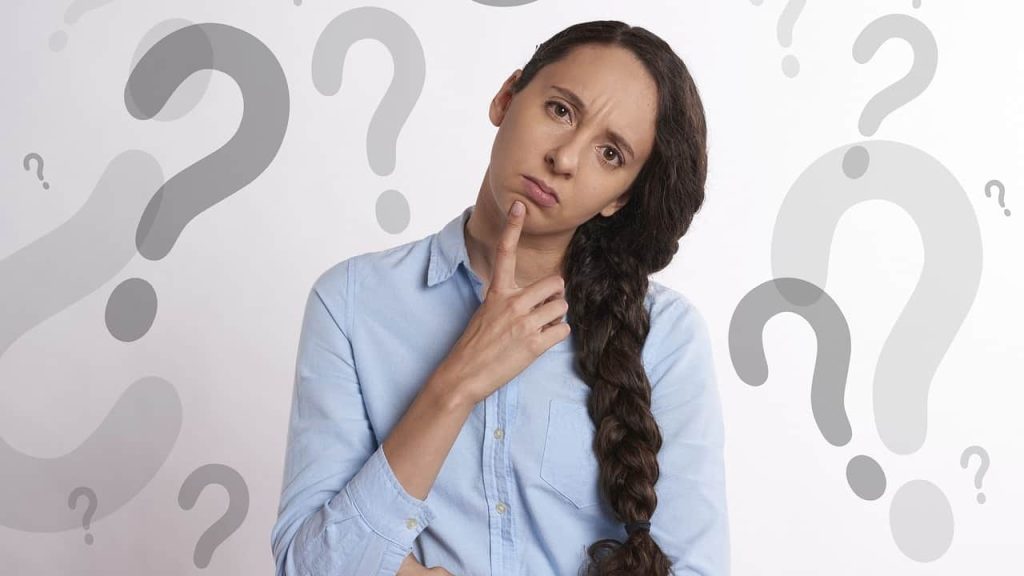Ever seen someone paying for groceries with a special card? You might have heard it called an EBT card. But what does EBT even stand for? It’s a common term, especially in the United States, and understanding it can help you learn about how the government helps people in need. This essay will break down exactly what EBT is and what it means for those who use it.
The Simple Answer: What Does EBT Mean?
So, what does EBT stand for? EBT stands for Electronic Benefit Transfer. It’s a system that allows states to issue benefits electronically to people who qualify for assistance programs.

How Does EBT Work?
EBT cards look a lot like debit cards. They have a magnetic stripe or a chip that contains information about the user’s benefits. When someone uses an EBT card, the system checks to see if they have enough money available in their account to cover the purchase. If they do, the money is deducted from their account and the store is paid.
Think of it like this: imagine the government gives you money to buy food. Instead of getting a paper check, the money is loaded onto a card. You use the card at the store like you would use a regular debit card. The store’s machine “talks” to the EBT system to make sure you have enough money on your card to pay for your groceries.
This system replaced the old method of using paper food stamps. EBT cards are more convenient and secure than paper stamps because they are harder to lose or steal. Plus, they can be used at many different stores.
Here’s a quick rundown of the EBT process:
- Government approves a person for benefits.
- Benefits are loaded onto an EBT card.
- Cardholder uses the card at an approved store.
- The store’s machine processes the transaction.
- Money is deducted from the cardholder’s account.
What Can You Buy with an EBT Card?
EBT cards typically provide benefits for food purchases. The types of food you can buy are generally very specific. This helps ensure that the benefits are used to meet basic nutritional needs. You can think of it like a grocery allowance!
Typically, you can use your EBT card to purchase the following:
- Fruits and vegetables
- Meat, poultry, and fish
- Dairy products
- Breads and cereals
- Seeds and plants to grow food
However, there are some things you CAN’T buy with an EBT card. This is a really important distinction to understand. The main goal is to use the EBT money to get nutritious foods.
Here are some examples of what you cannot purchase:
- Alcohol
- Cigarettes
- Vitamins and supplements
- Pet food
- Household supplies
Who Is Eligible for EBT?
EBT is part of government assistance programs designed to help people and families who have limited income and resources. The specific eligibility requirements vary by state and by program, but there are some common factors that are taken into account. These include income levels, household size, and sometimes, specific circumstances like disabilities or age.
The main program that uses EBT is called SNAP, which stands for the Supplemental Nutrition Assistance Program. SNAP is the largest federal nutrition program and provides assistance to millions of families each month.
Besides SNAP, some states use EBT to provide other benefits, such as cash assistance for families with children, or assistance for people with disabilities.
If you or someone you know is struggling to afford food, there are several things you can do to find out if you are eligible for SNAP or other assistance programs. Here’s a quick guide:
| Action | Explanation |
|---|---|
| Check your state’s website | Most states have websites with information about SNAP and other benefit programs. |
| Call your local social services office | They can answer your questions and help you apply. |
| Ask for help from community organizations | Churches and charities might be able to assist you. |
Where Can You Use Your EBT Card?
You can’t just use your EBT card anywhere. It can be used at approved retailers. These are stores that have been authorized by the government to accept EBT cards. These are usually grocery stores and supermarkets, but can also include farmers’ markets and some online retailers.
The goal is to make sure that people can access healthy food easily. The government carefully monitors the retailers that participate in the EBT program to make sure they are following the rules.
Most major grocery stores and supermarkets accept EBT cards. You can typically identify these stores by looking for signs that say “EBT Accepted” or similar wording. Farmers’ markets are great places to find fresh, local produce, and many of them also accept EBT.
Here are some places that commonly accept EBT:
- Supermarkets (like Kroger, Safeway, etc.)
- Grocery stores
- Convenience stores (some)
- Farmers’ markets
Check for signs at the store before you shop to confirm they accept EBT!
In recent years, some online retailers have started accepting EBT cards for grocery delivery. This can be a great option for people who have difficulty getting to a physical store.
Conclusion
In short, EBT stands for Electronic Benefit Transfer, a system that provides financial assistance to people in need through a convenient card. Understanding what EBT is and how it works can help you understand how the government assists those struggling to afford food and other essential needs. EBT cards provide a vital lifeline for millions of Americans, and understanding how they function is an important part of being an informed citizen.